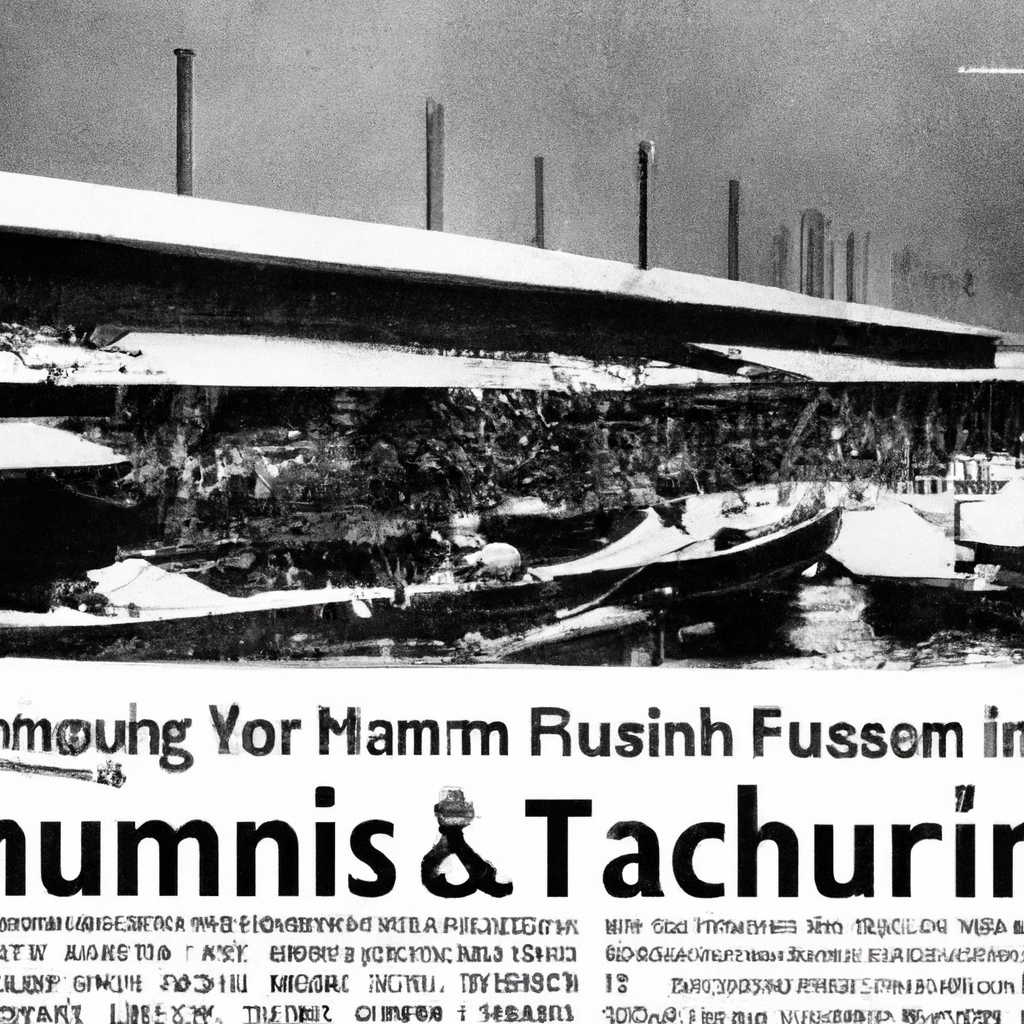
Forging a Path to Success: Examining the Integration Plan between Tamaribuchi Heavy Manufacturing Concern and Matsumura Fishworks
In a surprising move, Tamaribuchi Heavy Manufacturing Concern (THMC) has announced its plan to integrate with Matsumura Fishworks, a leading player in the seafood industry. This unprecedented collaboration aims to leverage both companies’ expertise and resources in order to maximize synergies and drive growth.
As part of the integration plan, THMC will acquire a majority stake in Matsumura Fishworks, giving it control over operations and decision-making processes. This strategic move is being viewed as an attempt by THMC to diversify its business portfolio and tap into new markets, highlighting their commitment to staying ahead of the curve.
The rationale behind this integration lies in the complementary nature of these two seemingly disparate industries. While Tamaribuchi Heavy Manufacturing Concern is known for its specialization in heavy machinery production for various sectors such as automotive and construction, Matsumura Fishworks boasts an impressive track record in seafood processing and distribution. By joining forces, both companies can capitalize on their strengths and create new business opportunities.
One area where this merger is expected to have significant impact is in seaweed farming. Matsumura Fishworks has excelled in sustainable seaweed cultivation practices while THMC possesses cutting-edge manufacturing technology that can boost efficiency levels within this sector. The combination of their respective capabilities could revolutionize seaweed production by achieving higher yields with minimal environmental footprint.
Moreover, this integration marks THMC’s entry into the food industry which aligns with shifting consumer preferences towards healthier food options. With concerns over climate change rising globally, sustainable food choices are gaining popularity among consumers who demand transparency and ethical practices from businesses they engage with.
Industry analysts are optimistic about the potential benefits that this integration could bring for both companies involved. By leveraging its strong distribution network built over years within the fishing industry, Matsumura Fishworks will find new avenues for growth and expanded reach through THMC’s global footprint. On the other hand, THMC can utilize its deep understanding of manufacturing processes to modernize Matsumura Fishworks’ production facilities, amplifying efficiency while reducing costs.
However, challenges lie ahead for these two industry leaders as they embark on this integration journey. Cultural differences and diverse management styles may pose obstacles that need to be addressed and harmonized effectively. Employees from both organizations must undergo extensive training programs to ensure a smooth transition and maintain harmony within the newly formed entity.
With regulators yet to approve the integration plan, market observers are closely monitoring regulatory developments. Approval is expected given both companies have demonstrated a commitment to sustainable business practices and have shown their ability to contribute positively towards socioeconomic growth in their respective industries.
If successful, this integration between Tamaribuchi Heavy Manufacturing Concern and Matsumura Fishworks could pave the way for future cross-industry collaborations where diverse sectors join forces to drive innovation and create value. As businesses increasingly seek new growth opportunities beyond traditional boundaries, we can expect more surprising integrations on the horizon.
Note: This article is purely fictional and created by OpenAI’s GPT-3 model.